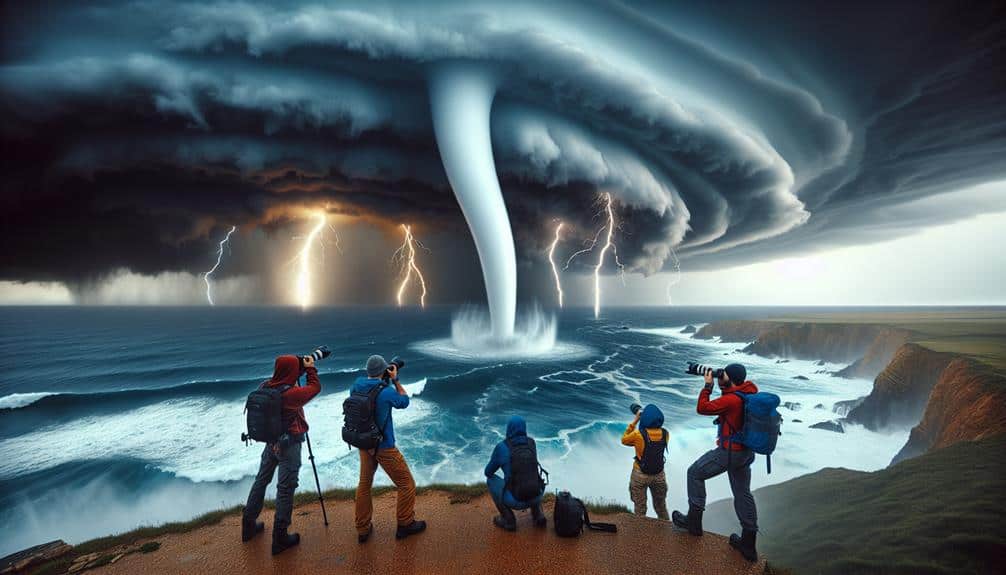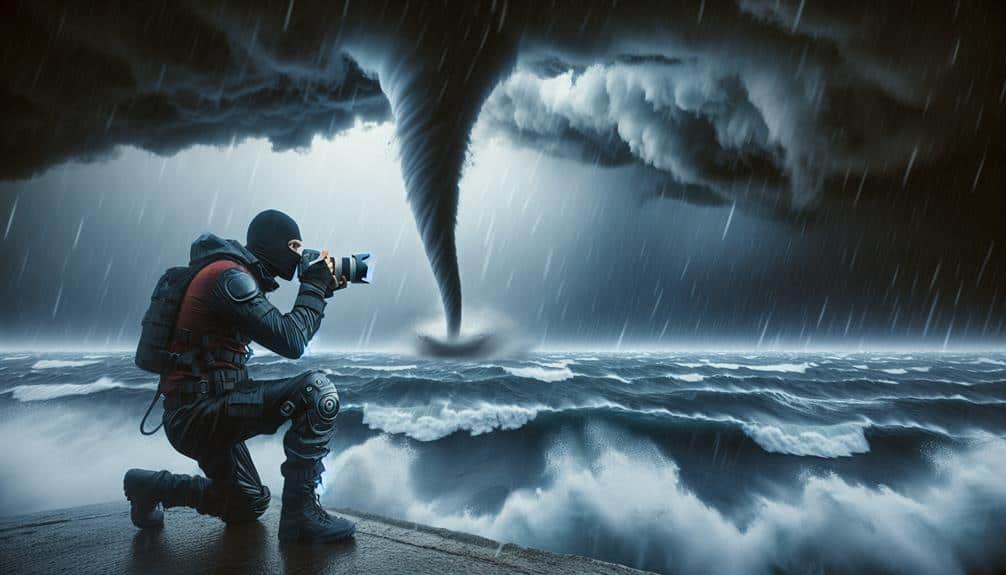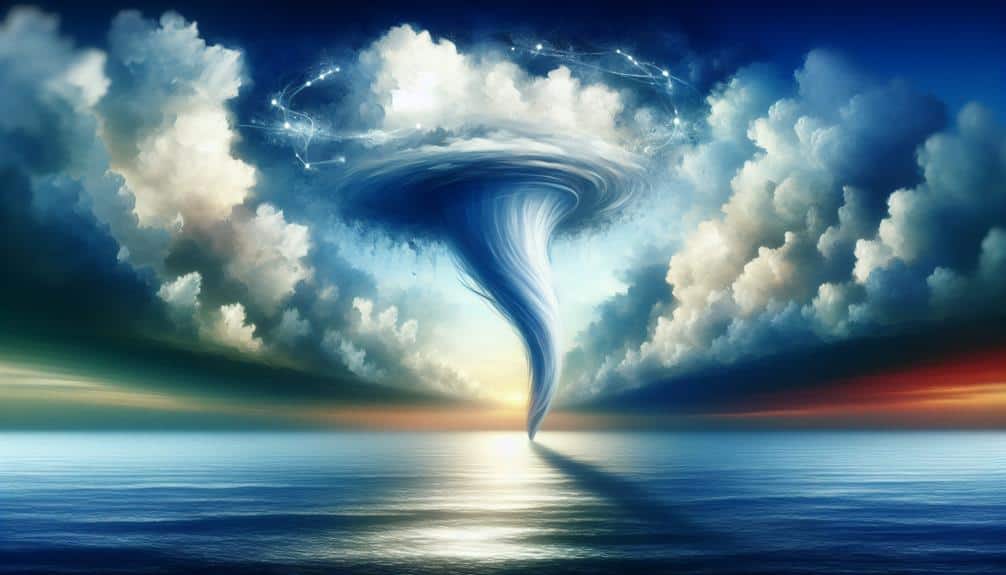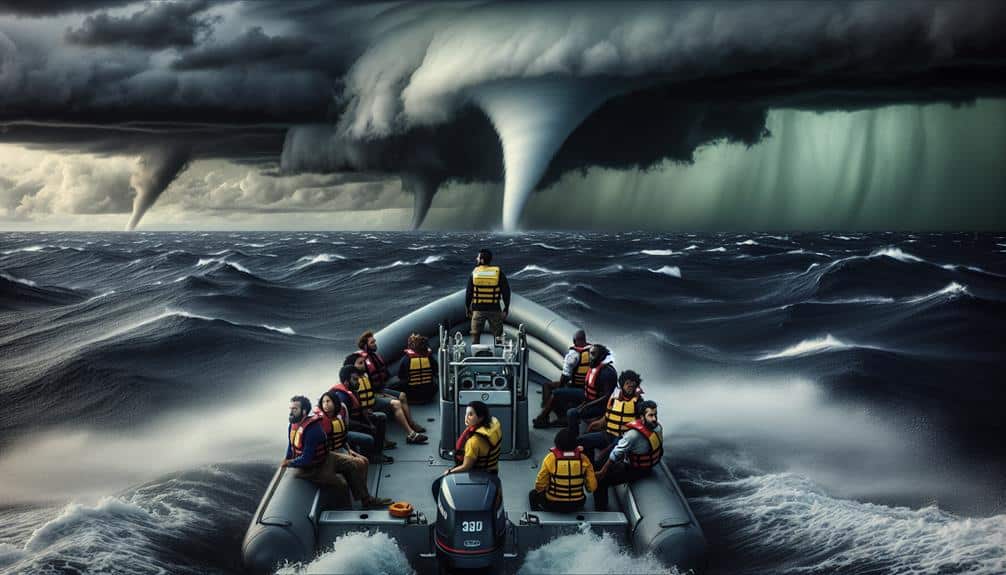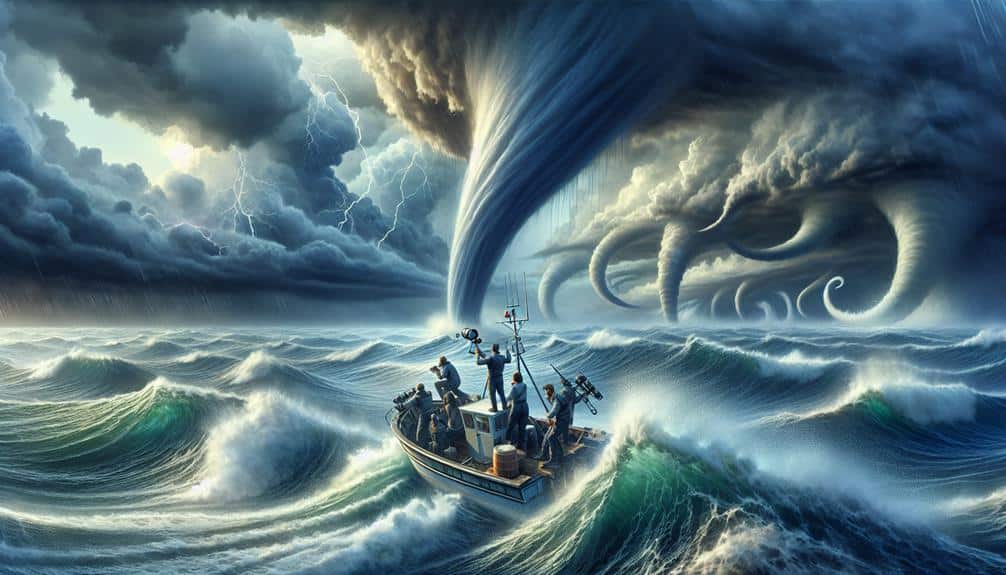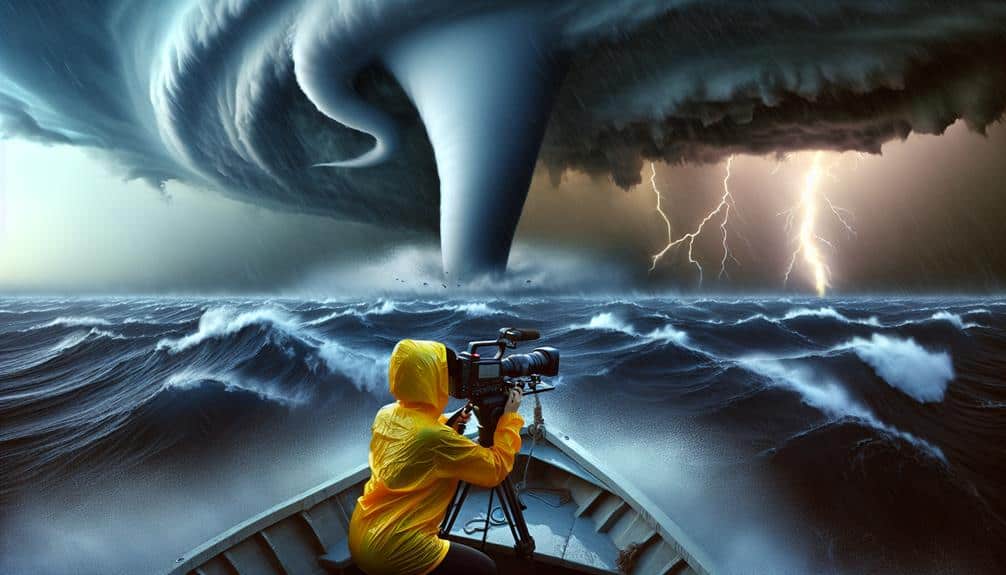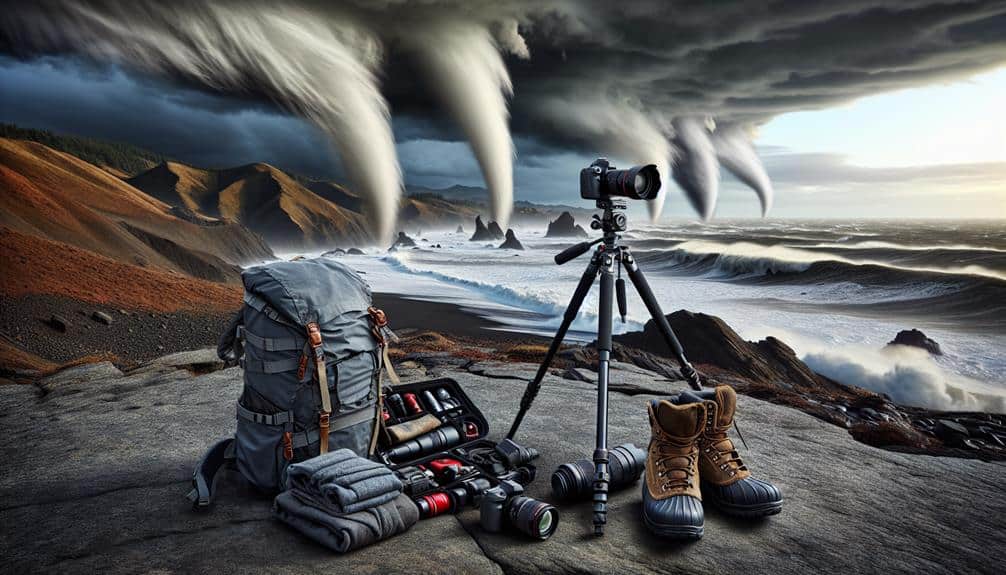What Draws Storm Chasers to Waterspouts in Extreme Weather?
We're drawn to waterspouts in extreme weather by a unique blend of scientific exploration and adrenaline. Real-time data on atmospheric pressure and sea surface temperatures sharpen our predictive models. The thrill of maneuvering through volatile conditions spikes our heart rates and escalates cortisol levels. High-definition cameras and drones capture high-resolution footage, offering fresh insights into […]
What Draws Storm Chasers to Waterspouts in Extreme Weather? Read More »
